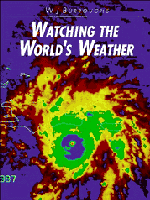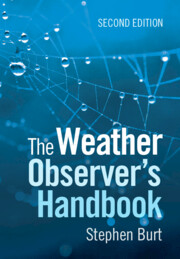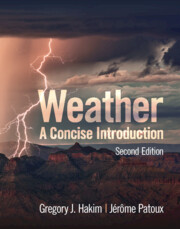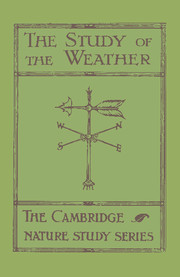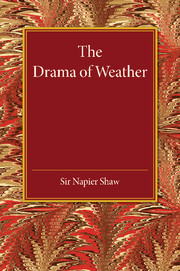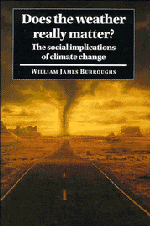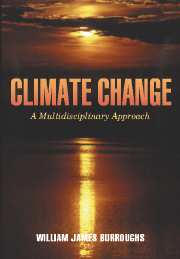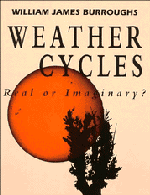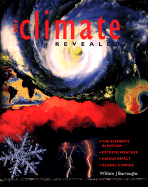Watching the World's Weather
What are hurricanes fuelled by? How are rainfall levels predicted? Can weather forecasts be more accurate? How can we get direct evidence of the dynamics of our atmosphere? Weather satellites have totally altered our perspective of the weather. They have transformed the science of meteorology, weather forecasting and the study of the global climate. This book sets these developments in the context of the essential physics of the weather and reviews the historical development of satellite meteorology. The complexities of the global weather machine on every scale are revealed through spectacular images of satellite photography. At a time of growing concern about the impact of pollution on the global climate, weather satellites will play an increasingly crucial role in monitoring how changes such as the ozone hole and global warming will affect the world's climate. Anyone who is interested in how the weather works now and in the future should buy this book.
- A succinct introduction
- Anyone interested in how the weather works now or in the future should buy this book
Reviews & endorsements
"...certainly informative, and honest about the limitations of satellite data as well as the undoubted benefits." Nature
"An excellent and well-illustrated book for the student or general reader interested in weather and climate or in the achievements of the space program. It does not require of its readers a technical background, although a foreknowledge of the rudiments of weather would be helpful. Thus, it is unique and valuable work in that its treatment of fronts, highs and lows, and other familiar weather phenomena is truncated a bit in favor of the perspective gained from satellite observations of many kinds." A.R. Upgren, Choice
"...highly recommend it to those who are interested in learning the basics about satellite meteorology, those who are currently teaching or are interested in teaching an introductory course in satellite meteorology, or those who have to teach a satellite meteorology course to a population that does not have an extensive background in physics and mathematics. I also recommend the book to those interested in climate change or those who may need an additional text dealing with climate change as derived by satellite." Steven Lyons, Bulletin of the American Meteorological Society
"...truly an excellent book which serves extremely well the purpose of explaining the goals and achievements of satellite meteorology." Hanna Pawlowska, PAGEOPH
"The author is well known for his articles on aspects of the weather in New Scientist. This book is written in a similar style and is easy to follow....If...you need an introduction to the complexities of the atmosphere and the role of satellites in environmental sciences, without any detailed knowledge of physics and chemistry, then this is the book for you." I. Colbeck, Chemistry in Britain
"...for anyone who has seen a TV weathercast and wondered how satellite pictures are obtained and translated into weather forecasts. It is an introduction to atmospheric science approached through a discussion of satellite observations....highly stimulating, providing real help toward understanding the achievements and problems associated with forecasting the weather and assessing the state of the climate of the planet." Peter J. Robinson, American Scientist
Product details
April 1991Hardback
9780521343428
208 pages
255 × 197 × 18 mm
0.71kg
65 b/w illus.
Unavailable - out of print
Table of Contents
- Introduction
- 1. The global weather machine
- 2. The development of satellite meteorology
- 3. Satellite instrumentation
- 4. Data handling
- Interpreting satellite images
- 5. The structure of the atmosphere
- 6. Measuring rainfall
- 7. Measuring the surface of the land
- 8. Measuring the ocean
- 9. Snow and ice
- 10. Better weather forecasting
- 11. Climatic change
- 12. The future
- Appendix 1
- Glossary
- Annotated bibliography
- Index.

